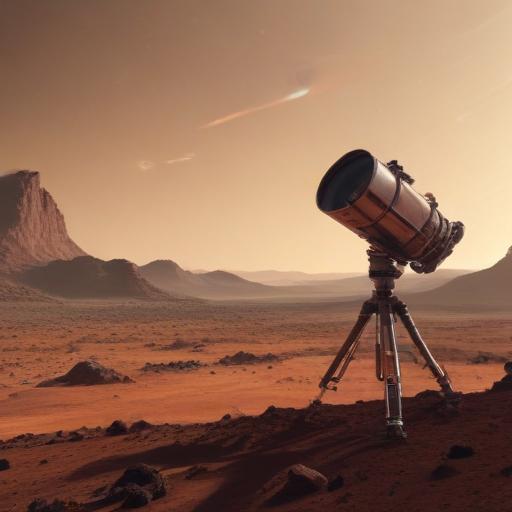Interstellar visitor 3I/ATLAS may emit its own light, as Mars approach prompts new observations
Astronomers are closely watching 3I/ATLAS, the third known interstellar object to enter our solar system, as it speeds toward the inner planets. While most in the field treat it as a comet, Harvard astronomer Avi Loeb continues to entertain provocative possibilities about its nature, exploring ideas that would place this object in a category beyond a typical comet.
New observations from NASA’s Hubble Space Telescope show a glow ahead of 3I/ATLAS’s motion, consistent with a coma, the hazy envelope surrounding a comet’s nucleus. Yet there is no obvious bright tail behind it. Scientists say the dust might be evaporating from the Sun-facing side of the object, which keeps the tail signal weak or absent. Loeb and fellow Harvard astrophysicist Eric Keto have discussed a simpler interpretation: the nucleus could be producing most of the light, which would imply the object’s actual size is smaller than some estimates and more in line with the sizes of the previous interstellar visitors, ‘Oumuamua and 2I/Borisov.
Loeb lays out two speculative possibilities. One is that 3I/ATLAS could be a rare fragment from the core of a nearby supernova rich in radioactive material, naturally emitting energy. The other is that the object might be a spacecraft powered by nuclear energy, with dust on its front surface shed as it travels through interstellar space. He regards the radioactive-core scenario as highly unlikely and the nuclear-powered craft explanation as requiring stronger supporting evidence before it could be considered viable.
The object’s trajectory has drawn attention for its unusual passes, including relatively close approaches to both Earth and Jupiter, which some scientists say complicate straightforward explanations as a simple comet. Now, 3I/ATLAS is set to come quite close to Mars later this year, offering a rare chance for in-situ data if a mission team can point instruments effectively.
Loeb has suggested coordinating observations with NASA’s Mars Reconnaissance Orbiter (MRO). He told colleagues that he encouraged the HiRISE camera team to plan observations during the first week of October 2025 to gather new data on 3I/ATLAS, and that the response from the instrument team was favorable.
What to watch next
– HiRISE observations during the October 2025 window: Will the camera pick up additional details on the object’s brightness, surface features, or any changes as it nears Mars?
– Spectral and photometric data: Are there clues about the composition of 3I/ATLAS that could help distinguish a natural comet from an engineered object?
– Continued astrometric tracking: How its path evolves as it moves through the inner solar system and past Mars could influence models of interstellar object populations.
Why this matters
– Interstellar visitors like 3I/ATLAS test our understanding of planetary formation and the diversity of objects that travel between star systems.
– Even if 3I/ATLAS turns out to be a conventional comet, the ongoing discussion around its nature highlights the value of rapid, multi-instrument observations and cross-institution collaboration in studying such rare visitors.
– The Mars observation plan represents a rare example of proactive space-asset coordination to maximize science return from an object that originated outside our solar system.
Summary
3I/ATLAS continues to intrigue scientists as it approaches Mars, with Hubble data suggesting a visible coma but no strong tail. While most analyses favor natural explanations, Avi Loeb keeps exploring unconventional ideas about self-illumination or non-traditional propulsion, underscoring a broader scientific willingness to examine extraordinary possibilities. The upcoming Mars-focused observations could provide new data to help resolve the object’s true nature and advance our understanding of interstellar visitors.
If you’d like, I can add a brief expert perspective box with quotes from researchers weighing in on 3I/ATLAS, or a simple explainer on how coma versus tail signatures help differentiate comets from other types of objects.
